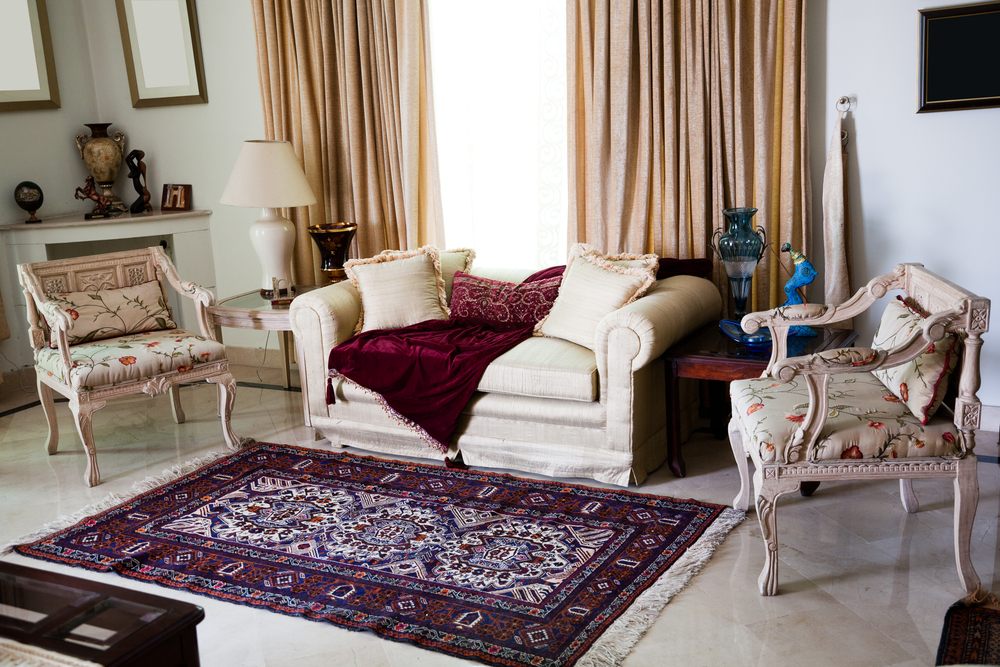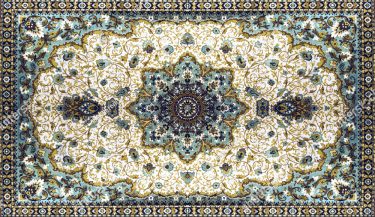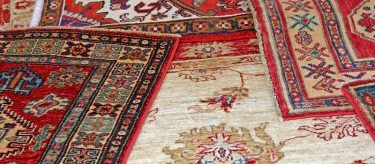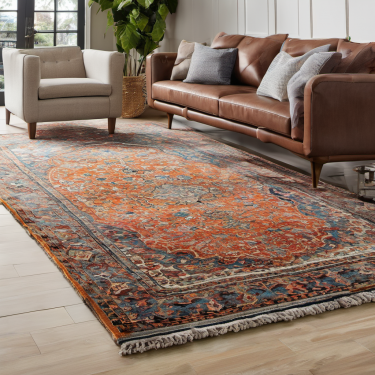How to Tell if an Oriental Rug Is Valuable
Home » Green Carpet Blog » Oriental Rug Care » How to Tell if an Oriental Rug Is Valuable


If you appreciate beauty, it is likely that you find Persian and Oriental rugs to be among the most beautiful objects for the home. Because of that, you might think of any rug as valuable, but if you are about to purchase a rug or are considering the value of any rugs in your home, it helps to have a few ways of gauging both authenticity and value.
Below are a few ways you can begin to tell if your Persian or Oriental rug is valuable, and even some tips about authenticity.
The Knot Density
KPSI or Knots Per Square Inch is one way to begin to gauge authenticity as an authentic Oriental rug is hand-knotted and never machine made. Flipping over the rug gives you a good idea of how it was made, with hand-tied knots sharper and far more clear and concise than machine weaving.
You can also count the number of knots in a square inch, and as one expert explains, this “signifies the complexity and tightness of the way a rug has been woven… Generally speaking, the more densely bound a rug is, the higher its quality and thus its price.”
To count knots sounds time-consuming and complex, but it isn’t. You flip over the rug and map out a one-inch by one-inch area. Count the number of knots on the vertical and horizontal runs and multiply them together to get your KPSI.
The Size
Another way to estimate the value of an Oriental rug is to consider its size. When it is an authentic Oriental rug, the larger it is, the more valuable it is likely to be. This is because the rugs are made by hand and require more hours of skilled labor and more precious materials. Size is not always a good gauge but is useful when making calculations.
The Materials Used to Make the Rug
The most common materials you will find in Persian and Oriental rugs are silk, cotton and wool. These are all quite durable, but the rugs with the most value are those that use the most precious materials. Silk is remarkably valuable and so the rug made entirely of silk or a silk and wool blend is the most valuable overall.
The Design
While you want any rugs you own to be visually appealing to you, there are some designs (and some colors) that are used less often and considerably rare. Naturally, a rug with a great deal of fine detailing is also going to go up in value because it means it was the work of a skilled artisan. Wide-ranging colors and/or complex patterns generally translate to much higher values, and according to one expert, “medallion, portrait, repeating patterns and excessive blends of colour [sic]” are the highest value of all.
Naturally, the general condition of a rug, its authenticity and its age are also huge factors in its overall value. Whether you are about to get it professionally cleaned, insure it or even are simply considering purchasing a valuable rug, take some time to get a good idea of its value – apart from the aesthetic value of such a find work of art!


Categories
Carpets
Oriental Rug



